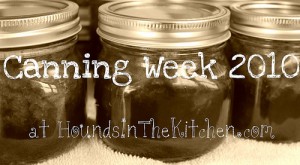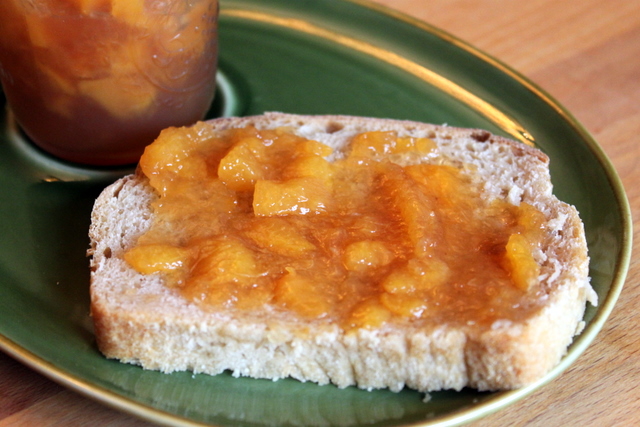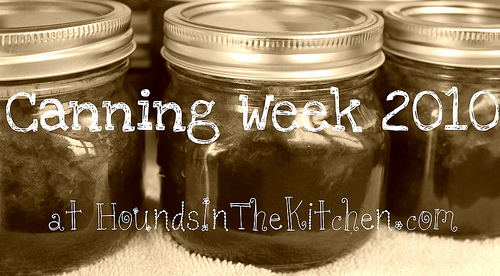 Canning week continues today with a recipe for fruit jam. Yesterday I discussed pectin. Tomorrow, we'll delve into vegetable canning.
Peaches are in season in Ohio and many other places across the country. Farmers markets and CSA baskets are overflowing with these fuzz covered wonders. The sweet juiciness of a peach is hard to resist raw, but if you can save enough to make peach jam, you will thank me in midwinter when Ohio fruits are long gone.
Canning week continues today with a recipe for fruit jam. Yesterday I discussed pectin. Tomorrow, we'll delve into vegetable canning.
Peaches are in season in Ohio and many other places across the country. Farmers markets and CSA baskets are overflowing with these fuzz covered wonders. The sweet juiciness of a peach is hard to resist raw, but if you can save enough to make peach jam, you will thank me in midwinter when Ohio fruits are long gone.
I use Pomona's Universal Pectin in fruit jams, purchased locally from the Clintonville Community Market. Made from citrus peels, the all-natural universal pectin requires no sugar. It will work with sugar, honey, or substitutes like Splenda. It is activated by calcium water, which is an extra step, but totally worth it for the superior results I notice.
I love that Pomona's gives me the flexibility to use the sweetener I wish in the quantity that tastes best to me. I often make large batches with Pomona's, something for bidden by other pectins. Each package makes 3 or 4 batches of jam, making it more cost effective than other brands too.
I recommend following a recipe exactly for the first few jams before experimenting. When you are comfortable with the process, you can begin to add spices and aromatics (cinnamon, clove, and ginger are fantastic with peaches), adjust sugar, and even adjust pectin to get the set you desire. Each box of Pomona's and other dry pectin include a recipe sheet. Food In Jars and Fresh Preserving (Ball jar sponsored) are two trustworthy websites with recipes.
The following recipe is the one I used this weekend at a jam canning class. You can substitute plums, sweet cherries, apricots, mangos, figs, or pear for the peaches. Higher acid fruits (berries, sour cherry, pineapple and kiwi) require less pectin and little to no lemon juice.
Peach Jam from Pomona's Universal Pectin
Recipe for 5 pints
4 cups peaches (12-15 ripe fruit) 1/4 cup lemon or lime juice 1/2—1 cup honey or 3/4–2 cups sugar 3 teaspoons Pomona's Universal Pectin powder 4 teaspoons calcium water (included in Pomona's pectin)
1. Sterilize jars and lids in boiling water. Let stand.
2. Blanch peaches to remove skin.
3. Pit, chop and mash fruit, measuring out 4 cups.
4. Add calcium water into large pan with mashed fruit and lime/lemon juice, stir well.
5. Mix pectin powder with measured sweetener in a separate bowl. Stir very well.
6. Bring fruit to a boil.
7. Add sweetener/pectin mixture and stir vigorously.
8. Return mixture to a full boiling boil and then remove from heat.
9. Fill jars to 1/4 inch from the top. Wipe rims clean and screw on 2 piece lid.
10. Put filled jars in boiling water to cover plus 1 inch. Boil 10 minutes.
11. Remove from water and let cool for 4—24 hours.
12. Store in a cool dry place. Eat within three weeks of opening.
What's your favorite jam recipe? Link them up!
You might think this is a post sponsored by Pomona's. It's not; I shell out my own money for their pectin and use it because I do believe it is superior to more commonly found brands.


